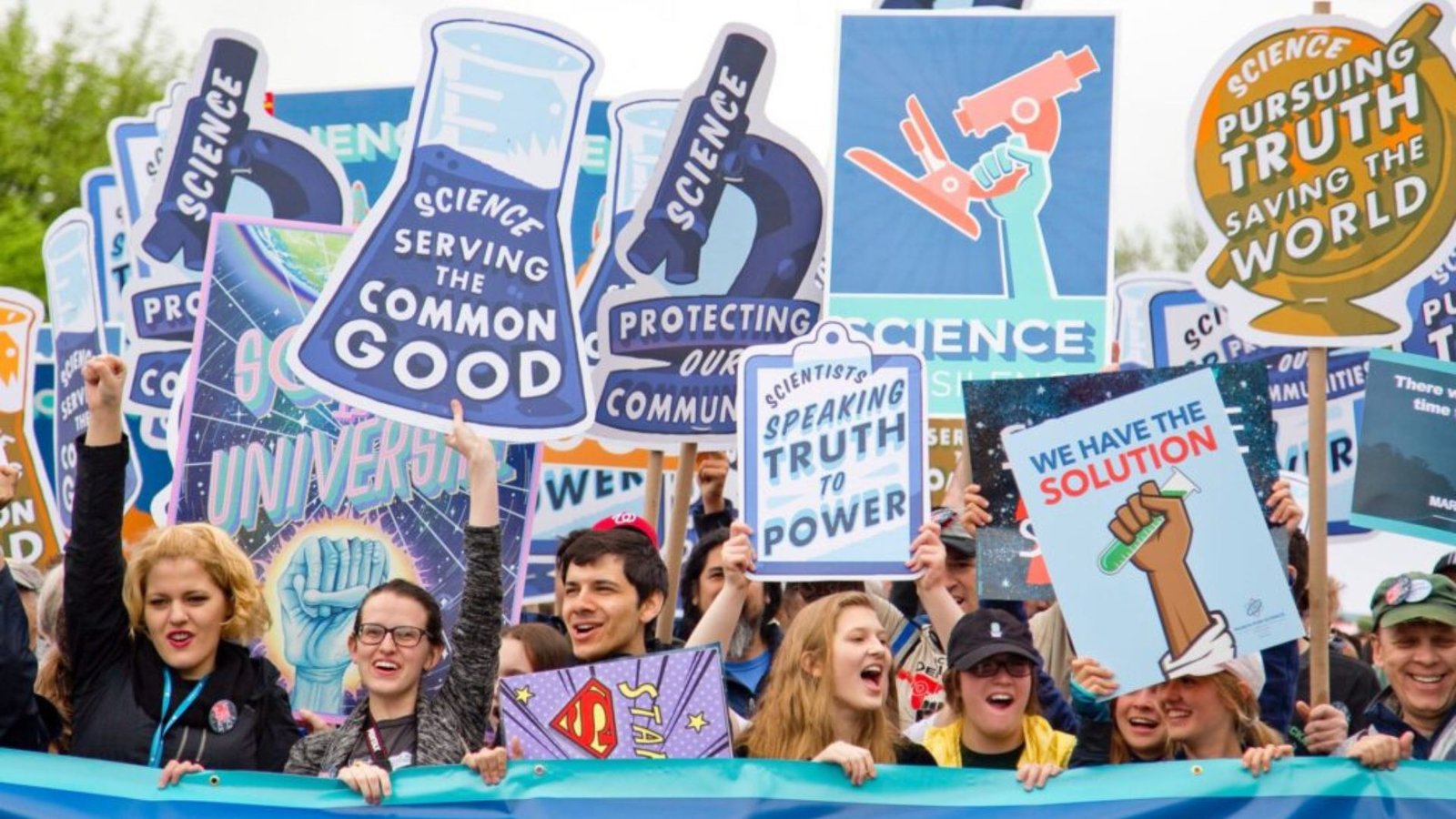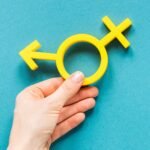Top Global Human Rights Violations Related to Gender
Gender-based human rights violations are critical issues affecting millions worldwide. These violations stem from systemic inequalities and cultural norms that perpetuate discrimination and harm. Understanding these violations is essential for advocating for change and supporting efforts to promote gender equality. This article outlines some of the most pressing global human rights violations related to gender, highlighting their impact and the need for collective action.

Gender-Based Violence
Gender-based violence (GBV) includes a range of abuses directed at individuals based on their gender, including physical, sexual, and psychological violence. This form of violence disproportionately affects women and marginalized gender identities.
Impact:
GBV causes severe physical and emotional harm, impedes access to education and economic opportunities, and reinforces harmful gender norms. It also creates a pervasive climate of fear and insecurity for those targeted.
Examples:
- Domestic Violence: Violence by an intimate partner, often involving physical or emotional abuse.
- Sexual Assault: Non-consensual sexual acts, including rape and harassment.
- Human Trafficking: The forced exploitation of individuals for labor or sexual purposes.
Child Marriage
Overview:
Child marriage refers to the practice of marrying off children, typically girls, before they reach adulthood. This practice is prevalent in many developing countries and is driven by cultural, economic, and social factors.
Impact:
Child marriage often results in interrupted education, early childbirth, and a higher risk of domestic violence. It limits opportunities for economic and personal development and perpetuates cycles of poverty and inequality.
Statistics:
- Prevalence: An estimated 12 million girls are married before the age of 18 each year.
- Consequences: Increased risks of maternal and infant mortality, and reduced educational and economic opportunities.
Gender Discrimination in Education
Overview:
Gender discrimination in education involves unequal access to educational opportunities and resources based on gender. This violation affects girls and women, particularly in regions with entrenched gender norms.
Impact:
Discrimination in education limits personal and professional development, reinforces gender inequality, and reduces economic opportunities. It also contributes to broader societal inequalities by perpetuating cycles of disadvantage.
Examples:
- Educational Barriers: Limited access to schools or resources for girls.
- Bias in Curriculum: Gender stereotypes and biases in educational materials and teaching practices.
Unequal Access to Healthcare
Overview:
Unequal access to healthcare involves disparities in the availability and quality of health services based on gender. This includes reproductive health services and general healthcare access.
Impact:
Gender disparities in healthcare result in higher rates of maternal and infant mortality, untreated health conditions, and overall poorer health outcomes for marginalized genders. It also limits individuals’ ability to fully participate in society and the economy.
Examples:
- Maternal Health: Inadequate maternal healthcare and high maternal mortality rates in certain regions.
- Reproductive Rights: Restrictions on access to contraception and safe abortion services.
Economic Inequality
Overview:
Economic inequality involves disparities in income, employment, and economic opportunities based on gender. Women and marginalized gender identities often face systemic barriers in accessing fair wages and economic advancement.
Impact:
Economic inequality contributes to poverty, limits economic independence, and reinforces gender stereotypes. It also affects overall economic growth and stability by underutilizing the potential of a significant portion of the population.
Examples:
- Wage Gap: Women earning less than men for the same work.
- Employment Discrimination: Barriers to career advancement and occupational segregation.
Political Underrepresentation
Overview:
Political underrepresentation refers to the lack of equitable representation of women and marginalized gender identities in political and decision-making positions. This violation limits their ability to influence policies and advocate for their rights.
Impact:
Underrepresentation perpetuates gender inequality in policymaking and governance, leading to policies that do not adequately address the needs and rights of all genders. It also undermines democratic principles by excluding diverse perspectives.
Examples:
- Legislative Bodies: Low numbers of women and marginalized genders in national and local legislatures.
- Leadership Roles: Underrepresentation in executive and decision-making positions in government and organizations.
Discrimination and Harassment in the Workplace
Overview:
Discrimination and harassment in the workplace involve unequal treatment and harmful behaviors based on gender. This includes issues such as sexual harassment, unequal pay, and barriers to career advancement.
Impact:
Workplace discrimination and harassment create hostile environments, limit career opportunities, and impact mental and physical health. They also perpetuate gender inequality and economic disparities.
Examples:
- Sexual Harassment: Unwelcome sexual advances and inappropriate behavior.
- Glass Ceiling: Barriers to career advancement for women and marginalized genders.
Lack of Legal Protections
Overview:
Lack of legal protections involves inadequate laws and policies to address and prevent gender-based discrimination and violence. This includes gaps in legal frameworks and ineffective enforcement.
Impact:
Inadequate legal protections leave individuals vulnerable to discrimination and abuse, limit access to justice, and perpetuate systemic inequalities. Effective legal frameworks are crucial for safeguarding rights and promoting gender equality.
Examples:
- Domestic Violence Laws: Insufficient legal protections and enforcement for survivors of domestic violence.
- Gender Discrimination Laws: Gaps in laws addressing workplace discrimination and harassment.
Conclusion
Gender-based human rights violations are pervasive issues with far-reaching consequences for individuals and societies. By understanding these violations and their impact, we can work towards effective solutions and advocate for policies and practices that promote gender equality and justice. Addressing these violations requires collective action, education, and a commitment to creating a world where all individuals, regardless of gender, can enjoy their fundamental rights and freedoms.



